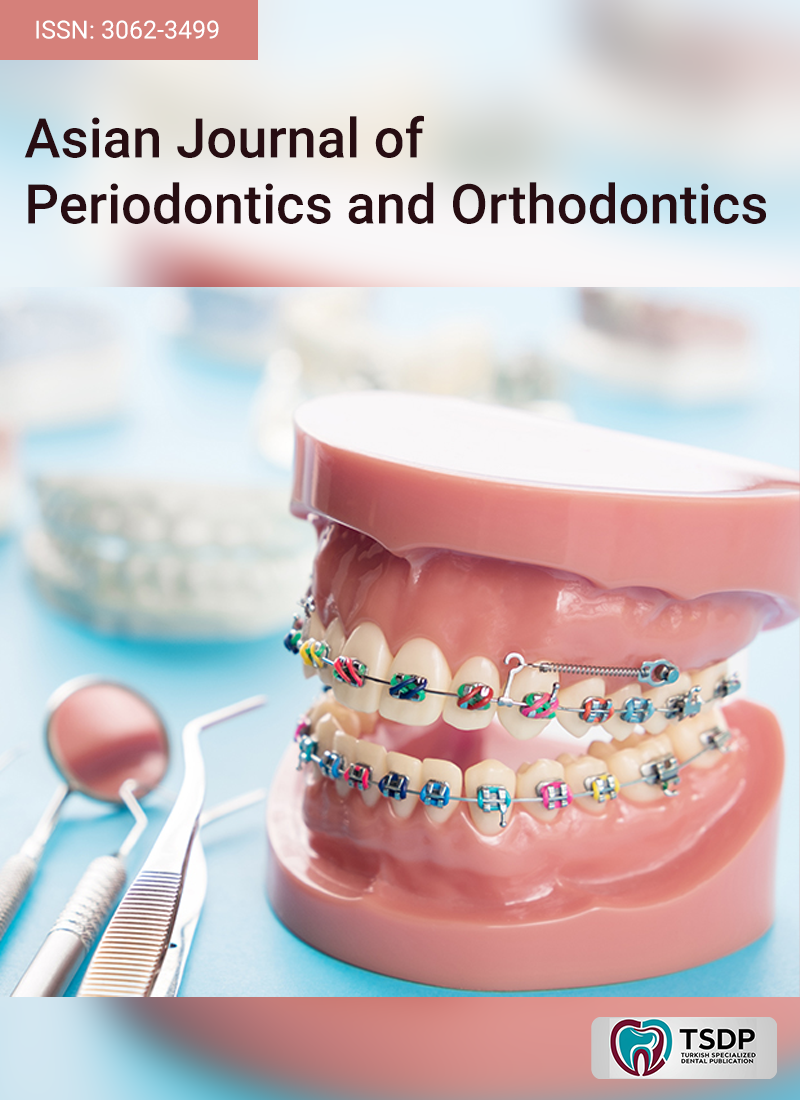
This study aimed to investigate and evaluate the amount of external apical root resorption (EARR) in incisors after receiving orthodontic treatment employing fixed orthodontic appliances (FOA) or clear aligners (CAT). PRISMA criteria were used in conducting the systematic review. Retrospective studies and randomized control trials that used cone beam computed tomography, periapical radiography, and 2D panoramic radiography to assess EARR levels in anterior teeth following orthodontic treatment with CAT and FOA were included in this review. The PICO model was used to formulate the review's main question: does CAT result in lower levels of EARR than fixed orthodontic appliances? There were six articles in the review. One entailed article was a randomized clinical trial, while the other five were retrospective cohort studies. According to the meta-analysis, CAT had a lower EARR than FOA (SMD = 0.76, 95% CI = -1.17, -0.34; P < 0.00001). According to the subgroup analysis, maxillary central incisors had EARR that was statistically substantially lower; maxillary lateral incisors (SMD = -0.65, 95% CI = -0.98, -0.32; P = 0.0001), mandibular central incisors (SMD = -0.40, 95% CI = -0.65, -0.16; P = 0.001), and maxillary lateral incisors (SMD = -0.40, 95% CI = -0.70, -0.10; p = 0.009). This meta-analysis suggests that CAT is better than FOA in terms of EARR in the area of the anterior teeth.